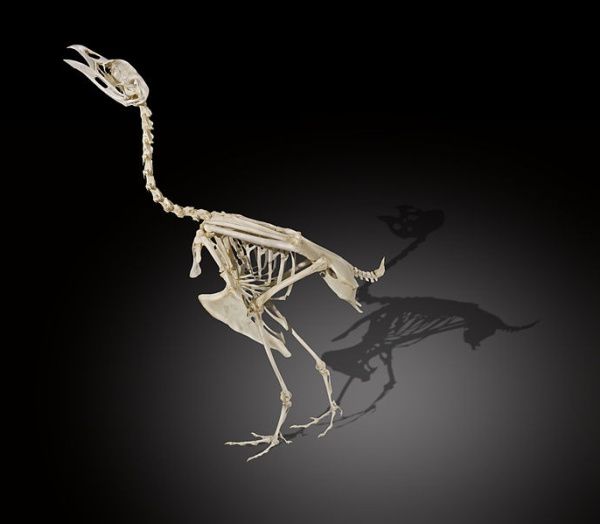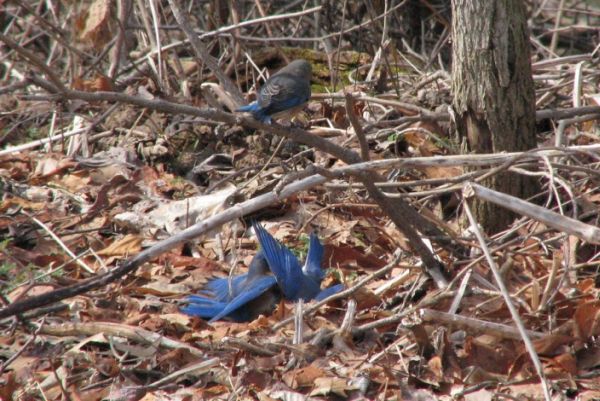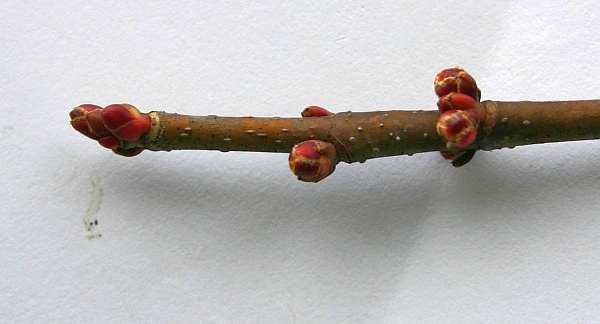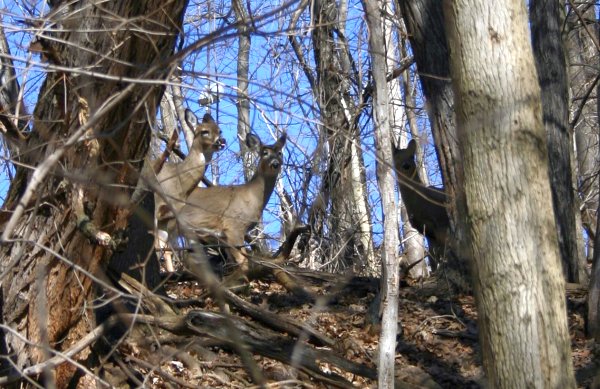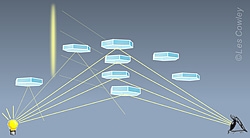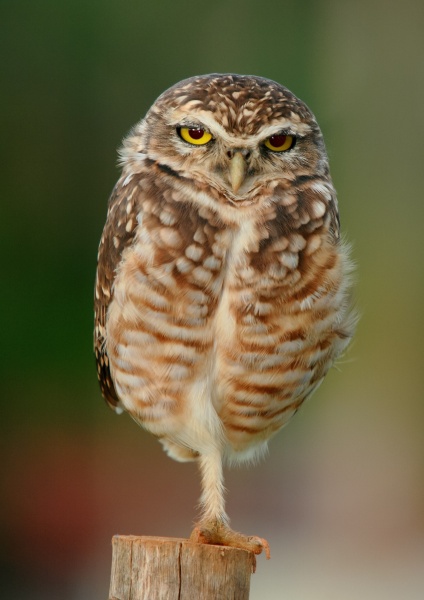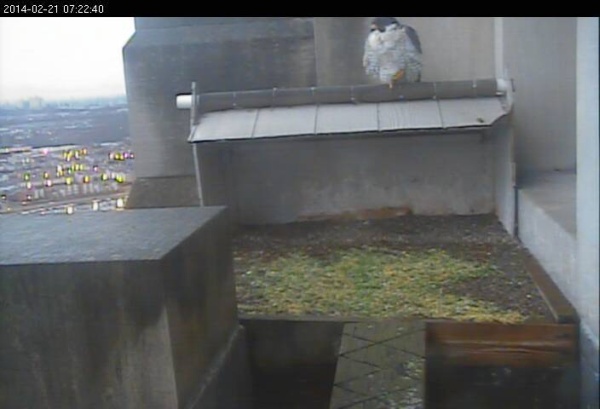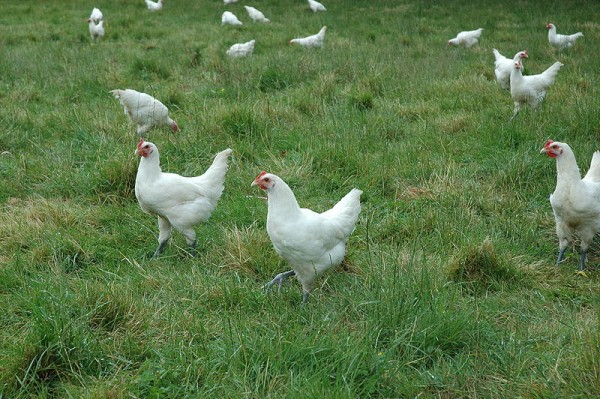28 February 2014
Late Wednesday night, 26 February, at 11:15pm a raccoon climbed the bald eagles’ nesting tree at Hays while a noisy train rumbled by in the valley. Mother Eagle was asleep but she heard the raccoon’s rustle and stood up to defend her three eggs. As the mammal crested the nest edge she opened her wings and took a few steps toward it. The raccoon turned and fled.
When you watch the encounter on this archived video from PixController you can see everything that’s going on, but the participants can’t. The nest is lit at night by an infrared lamp mounted near the distant camera. The camera is able to see infrared light but we humans, the eagle, and the raccoon cannot. On that overcast night the animals were dark shapes to each other. I’m sure the raccoon was frightened to find an eagle!
Raccoons raid songbird nests because the songbirds are powerless to stop them but they avoid raptors because birds of prey will kill them. Why was this raccoon attracted to a bald eagles’ nest?
Scott Kinsey gave us the hint on PABIRDS yesterday morning when he wrote:
It has been fun watching the Bald Eagle nest cam from Pittsburgh. Finally got to see a feeding. I think it was the male brought a fish for the female at 10:39am. She had it done by about 10:47 and back on the eggs. Might have been a Gizzard Shad around eleven inches?
As Scott points out, the female eagle eats at the nest and though she sets the scraps aside she doesn’t take out the garbage. Lots of smelly fish scraps are up there on the sticks. The raccoon probably smelled the leftovers and came exploring for a meal. When he realized his mistake he was out of there!
This surely isn’t the first time a raccoon has explored an eagles’ nest at night. We just happened to see it because of the night vision camera. He was lucky he didn’t make a fatal error.
Click here to see what’s happening right now at the eagles’ nest.
(video from the Pittsburgh Eaglecam by PixController)
p.s. This episode points out another difference between bald eagles and peregrines. Adult peregrines don’t eat at the nest during incubation and even when feeding nestlings in the nest they take out the garbage.

